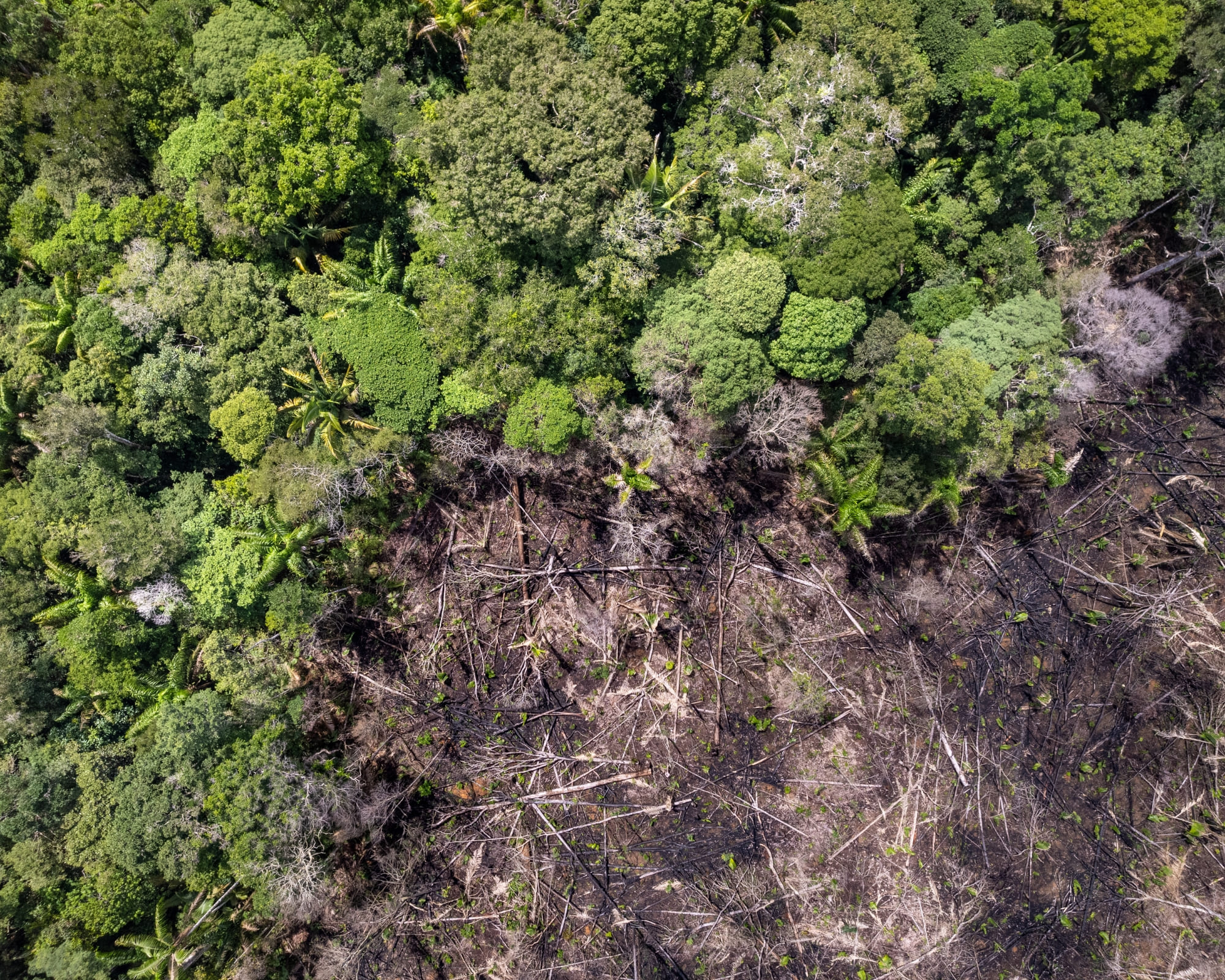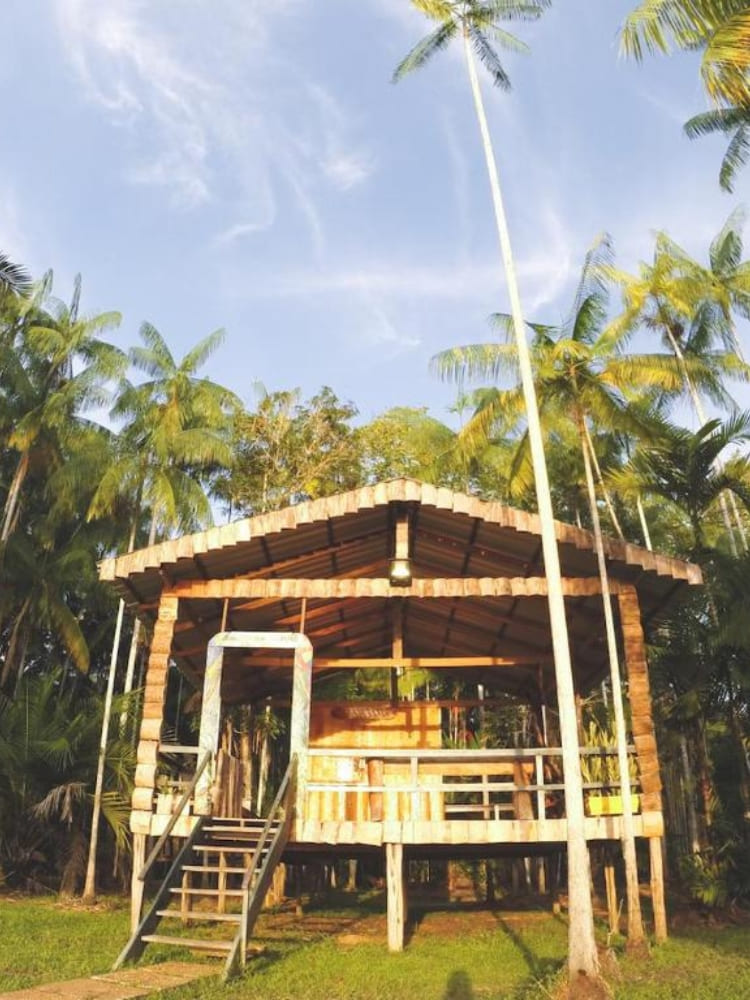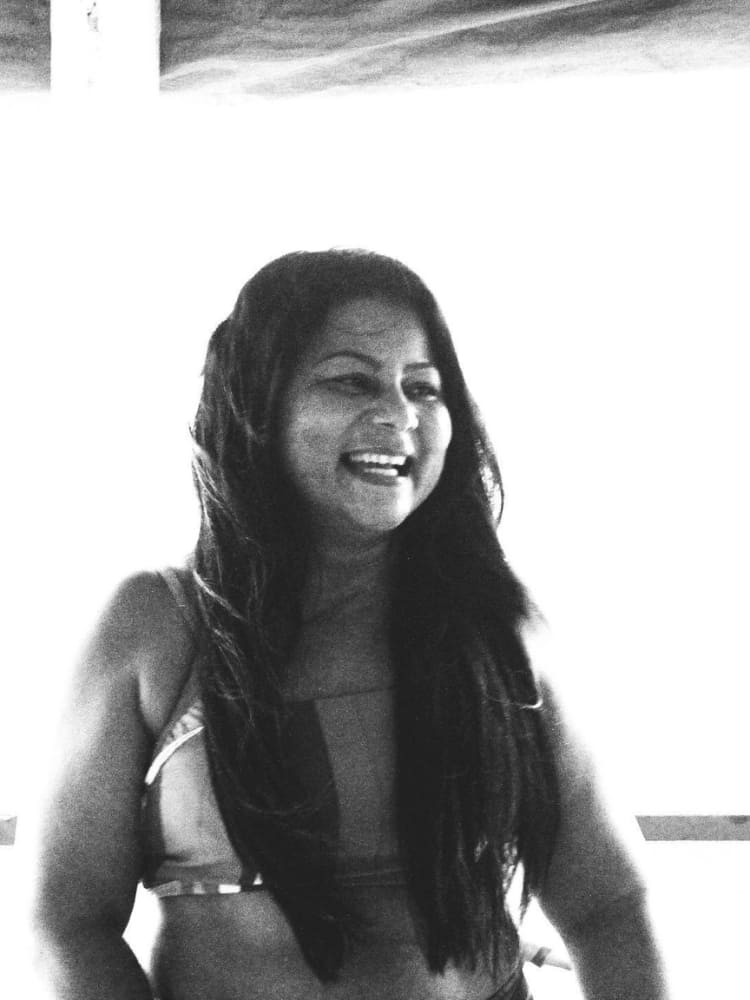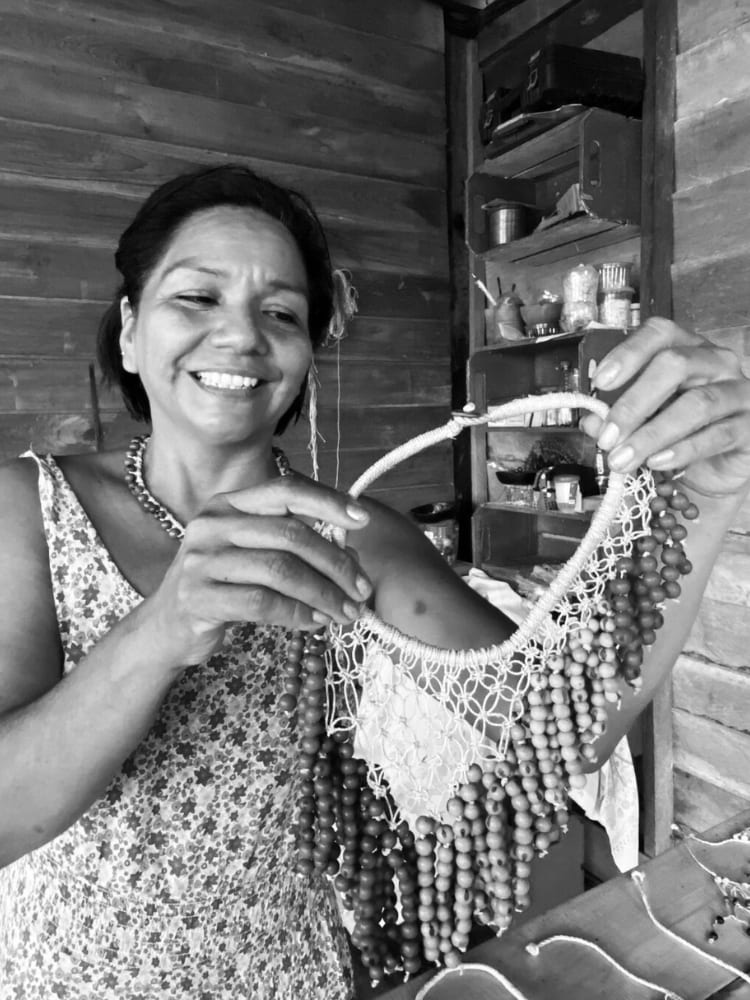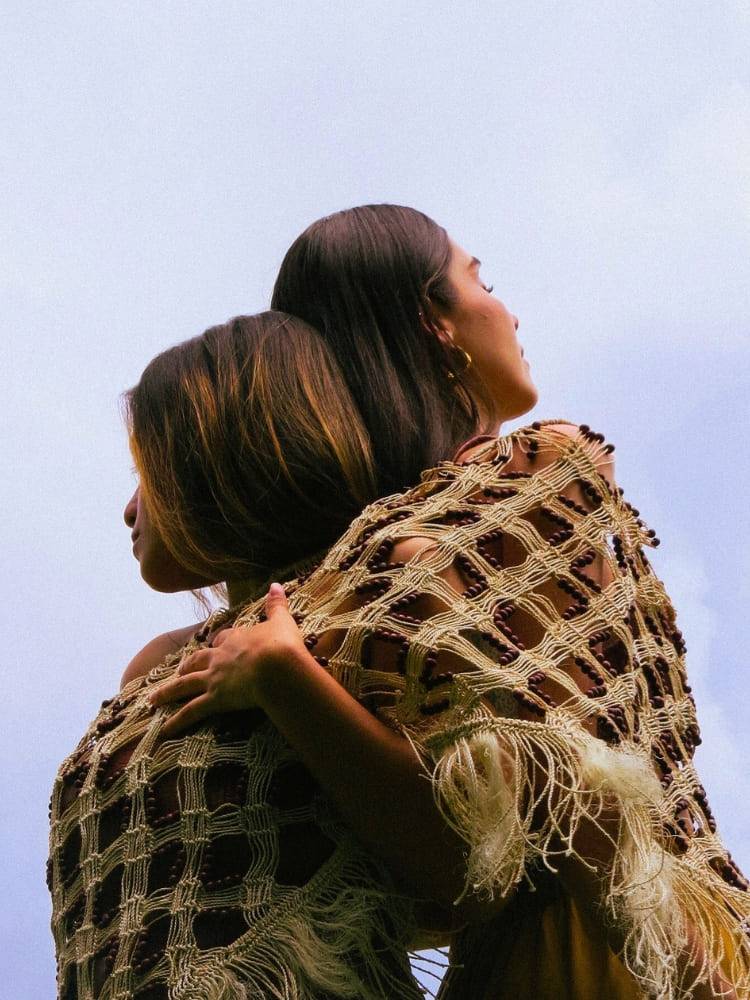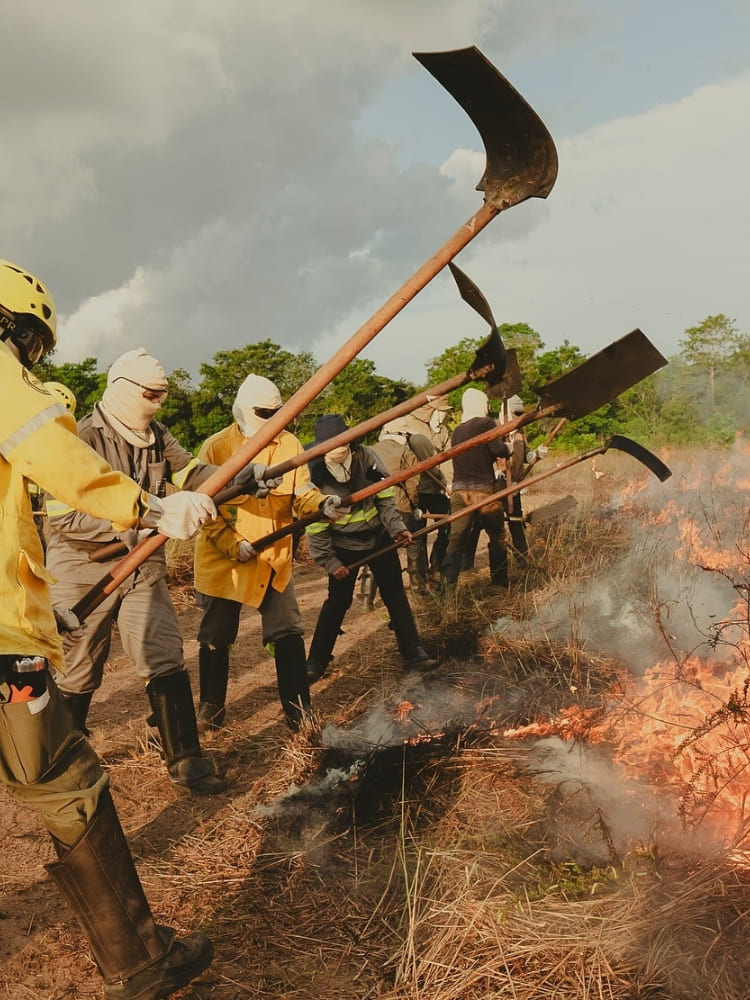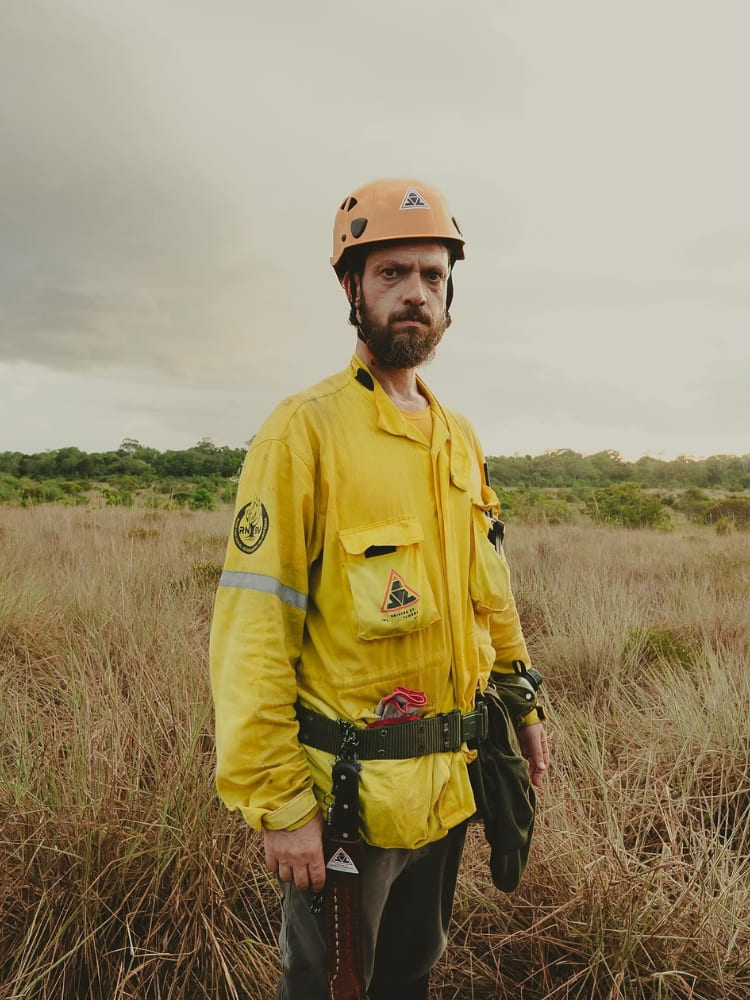In celebration of the date, find out more about those who work directly to preserve the Amazon, the planet’s greatest biodiversity refuge.
Have you ever stopped to think about the vital role that forests play in the balance of our planet? Like great green lungs, they regulate the climate, produce oxygen and sustain the lives of millions of species, including our own. But if they are so essential, why are they still not at the centre of global priorities?
In Brazil, the Forest Protection Day, celebrated on 17 July, reinforces the urgency of preserving this natural heritage, after all, protecting our forests is protecting the future. The date honours Curupira, the guardian of the forests in Brazilian folklore, and draws attention to the grandeur of the Amazon Rainforest, which is home to around 20 percent of the world’s fauna, more than 50,000 species of plants and various traditional communities that live in balance with the forest.
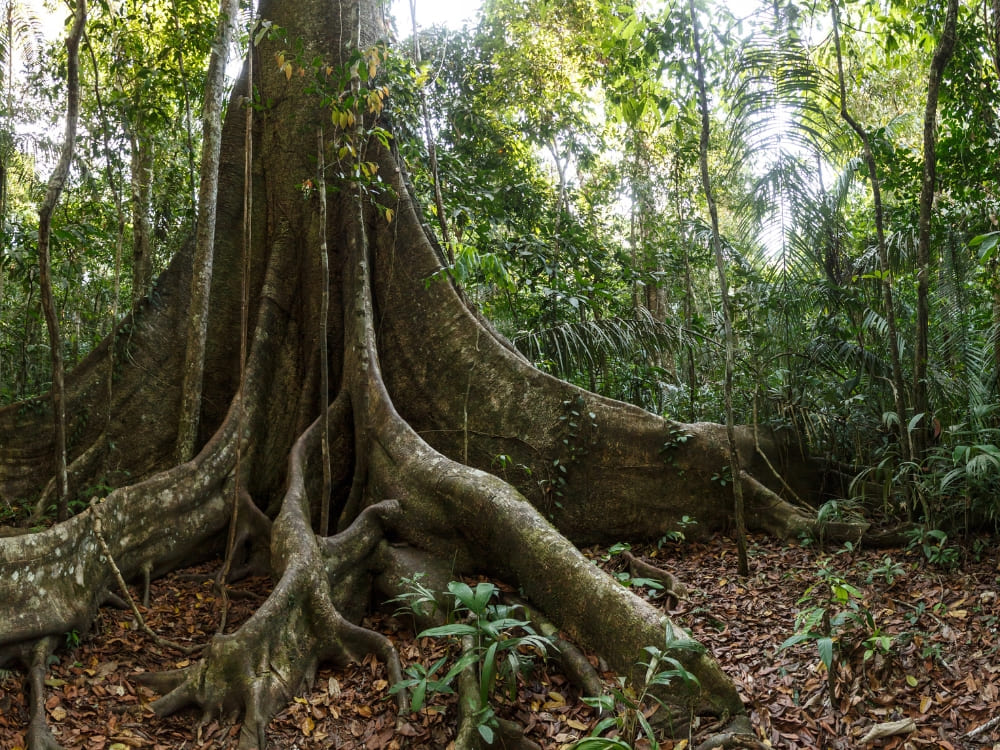 But who are the real guardians of this territory? What are the stories behind the defence of the world’s largest rainforest? In this article, you’ll meet some of the leaders who are at the forefront of the fight for the Amazon. Find out who the Guardians of the Amazon Rainforest are and how community-based tourism can help keep this mission alive:
But who are the real guardians of this territory? What are the stories behind the defence of the world’s largest rainforest? In this article, you’ll meet some of the leaders who are at the forefront of the fight for the Amazon. Find out who the Guardians of the Amazon Rainforest are and how community-based tourism can help keep this mission alive:
Roberto Brito
From logger to leader of the Tumbira riverside community
In the old days, when Roberto looked at a tree, the first thing that came to mind was the price he could sell that wood for on the market. Each tree was labelled with different numbers. Today, the scenario is different: the tree, the rivers, the animals are all part of an environment in which he is also a living and active participant.
At 50, Roberto Brito is one of the leaders of the Tumbira community, located in the Rio Negro Sustainable Development Reserve (RDS) in Amazonas. He runs lodges that welcome visitors interested in authentic experiences in the Amazon and guides other tourist activities in the community.
“Before, I saw a price on trees, on everything. Now I understand the meaning of value, the value that the forest has in my life”, he told PlanetaEXO. Roberto has organised the community so that everyone participates in the itineraries, from craft production to cooking and driving on the trails. He emphasises that community-based tourism isn’t just something that should make sense to those who live there: it’s everyone’s priority. After all, the river dwellers are not just hosts, but also part of the very nature that we want to protect.
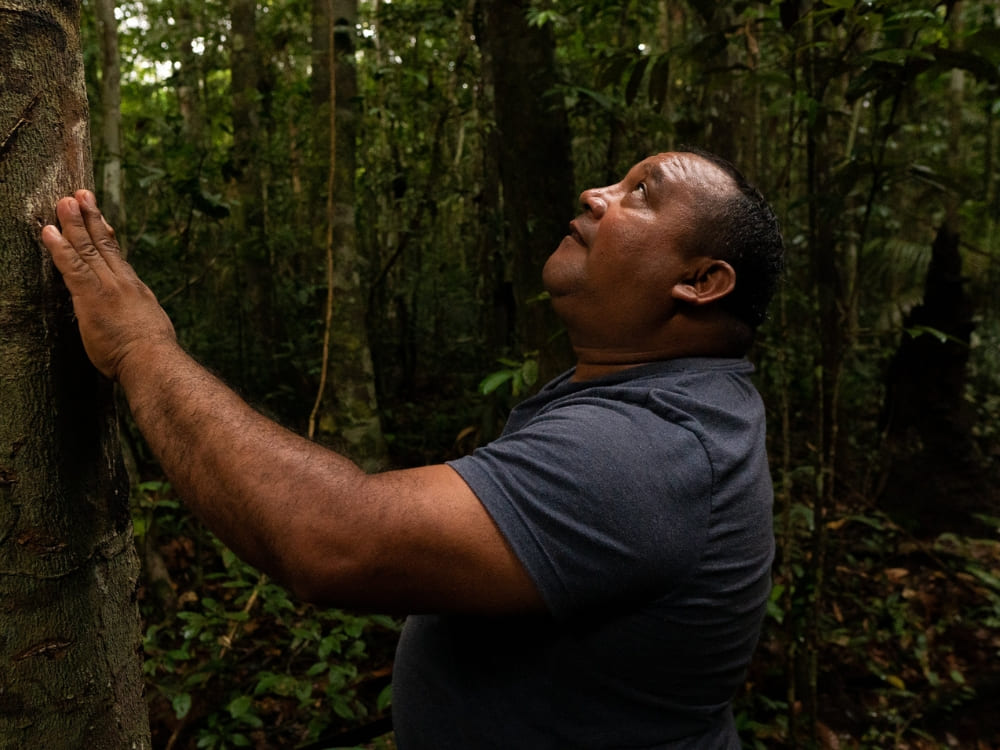
Photo: Felipe Beltrame
Nilde Silva
Leading an ecolodge in the heart of the forest
Nilde Silva is a river dweller born and raised in Acajatuba, in the Amazon, and founder of Caboclos House Ecolodge, a sustainable lodge built with materials from the forest and operated by local residents. At the head of the enterprise, she offers immersive experiences that connect travellers to the culture, gastronomy and daily life of the riverside responsibly.
Recognised for her leading role, Nilde won the traditional Prova da Farinha in 2021 and was awarded by Sebrae as a Business Woman. Ecotourism was essential for her to gain independence and, above all, to show that it is possible to undertake in the forest with identity and respect. Because of her work, Nilde is an example of female leadership and an inspiration to other Amazonian women, especially for her fight for the environmental preservation of the Amazon.
- @cabocloshouse
- @cabocloshouse
Juma Xipaya
First woman chief among the peoples of the middle Xingu
Often, when we think of a chief, the male figure is the first association with the name due to years of tradition in the popular imagination. Juma Xipaia changed that. An indigenous leader of the Xipaya people, she was the first woman to become chief of her village in Pará. She gained international prominence by publicly denouncing the presence of illegal mining in her territory and has become one of the main indigenous voices in defence of the Amazon.
The leader is also the coordinator of the Juma Xipaia Institute and a communicator, participating in events in Brazil and around the world as an indigenous woman and guardian of the Xingu. She recently released the documentary “Yanuni”, by director Richard Ladkani, in partnership with actor Leonardo DiCaprio. The production tells the story of the Juma and their fight against illegal mining. For Xipaya, protecting the territory means preserving their culture, their history and their future.
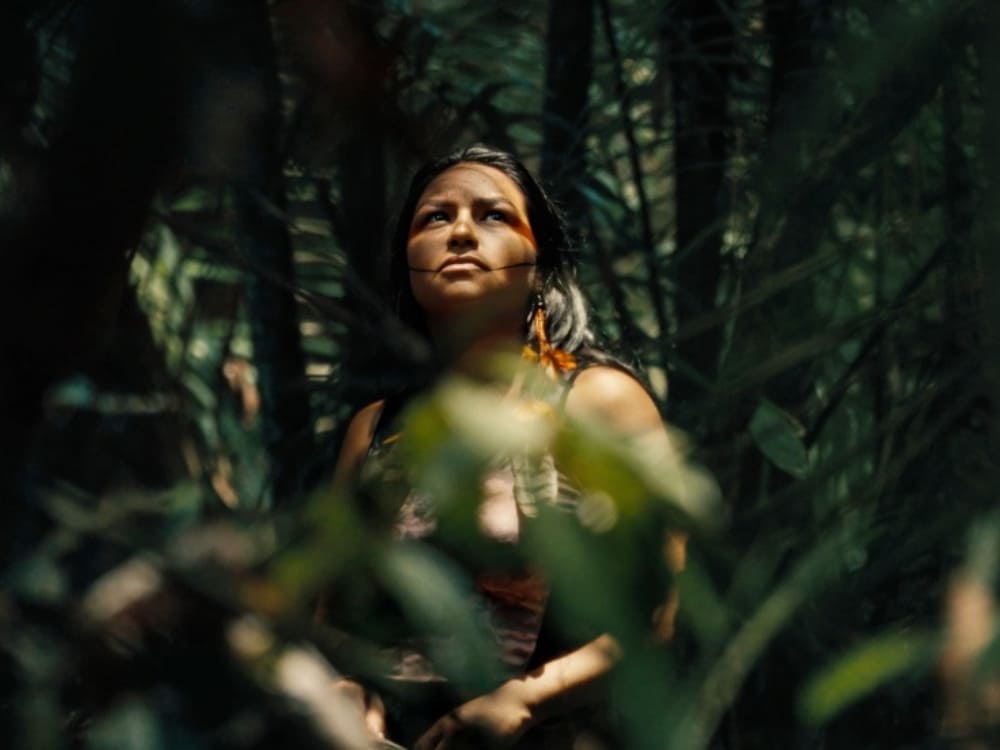
Txai Suruí
Amazonian roots, resistance and global leadership
Raised in the middle of the forest, Txai Suruí grew up among the songs, rituals and teachings of the Paiter Suruí people, in the Sete de Setembro Indigenous Land in Rondônia. The daughter of Almir Suruí, a recognised indigenous leader, she has carried the legacy of struggle and connection with nature from an early age. With her serene presence and firm speech, Txai has stood out as one of the main voices of Brazil’s indigenous youth. Her work goes beyond the borders of the village, uniting tradition, spirituality and political mobilisation.
An environmental activist and defender of the rights of indigenous peoples, Txai became the best-known Brazilian indigenous woman in the world after giving a speech at the opening of COP26 in Glasgow. She was the only Brazilian to occupy the stage, where she denounced the violence against the peoples of the forest and the advance of deforestation in the Amazon.
In Rondônia, she works on territorial protection initiatives and strengthening young leaders. In this way, Txai represents a generation that resists with wisdom and, at the same time, talks to the world without losing its roots.
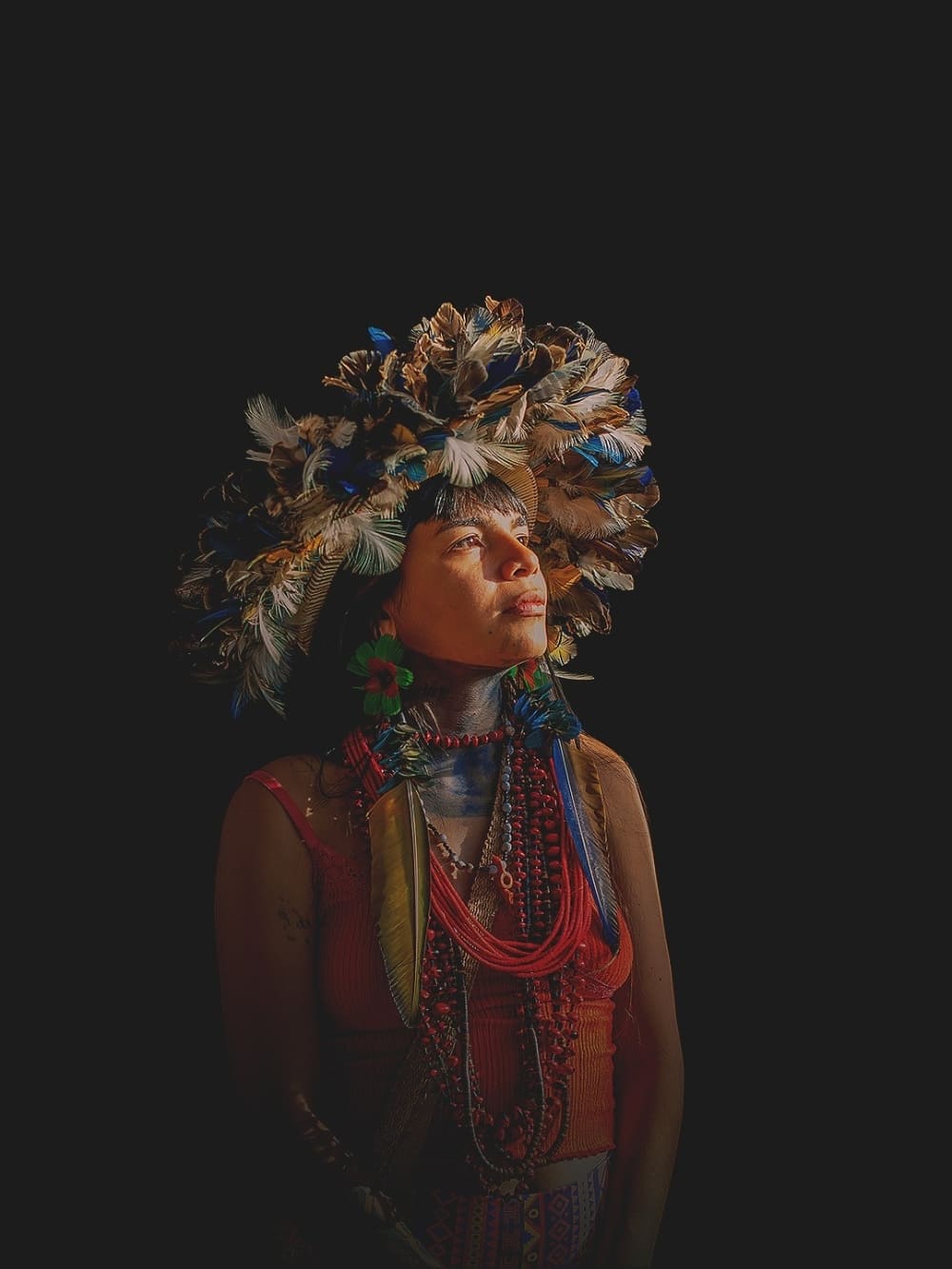
@levitapuia
Izolena Garrido
Transformation and preservation through art
A teacher, Izolena Garrido founded a workshop in the Tumbira community because she believed in the power of art and traditional knowledge to generate opportunities for transformation. In her home, she created a space where she produces bio-jewellery and handicrafts with seeds and natural pigments, taking in girls and boys in vulnerable situations. For her, protecting her people is also protecting the forest.
There, nature talks to each other and all the facts are connected, from the rain falling to the travellers who pass through the workshop and learn about Izolena’s work. “Everything is a cycle. For us to have the seeds we use in our crafts, we need rain, river water, the earth. If one thing stops, it doesn’t happen. We need to keep it going”, she explains.
Today, Izolena is one of the community’s leaders and also a reference in initiatives that unite art, education and preservation in the riverside context. Her pieces have already been exhibited at São Paulo Fashion Week, Brazil’s biggest fashion week, and the project receives support from brands such as Louis Vuitton. For Izolena, art can act as a healer of trauma, strengthening self-esteem and the bond with the territory.
- @worldbank
- @arevogallery
José Pancrácio
Chief of the Nova Esperança community
José Pancrácio is the chief of the Nova Esperança indigenous community, located in the Puranga Conquista Sustainable Development Reserve (RDS), Amazonas, and one of the main leaders of the Baré people. He is at the forefront of actions that unite environmental preservation, community-based tourism and education. Under his leadership, the community carries out projects such as the release of Amazonian turtle hatchlings, strengthening the collective commitment to environmental preservation.
From a young age, José understood that there was no other way to change and maintain the cultural legacy of his people but through the education of children. Among the most symbolic achievements is the construction of the community’s school, made possible with funds raised through ecotourism. The income generated by the visits was essential to guarantee the structure of the building, with classrooms and basic materials.
For Pancrácio, ecotourism contributes directly to improving the lives of those who look after the forest every day. Above all, he explains the importance of cultural exchange: when tourists arrive in the community, it’s always a great pleasure to show them the history and traditions of the Baré people.
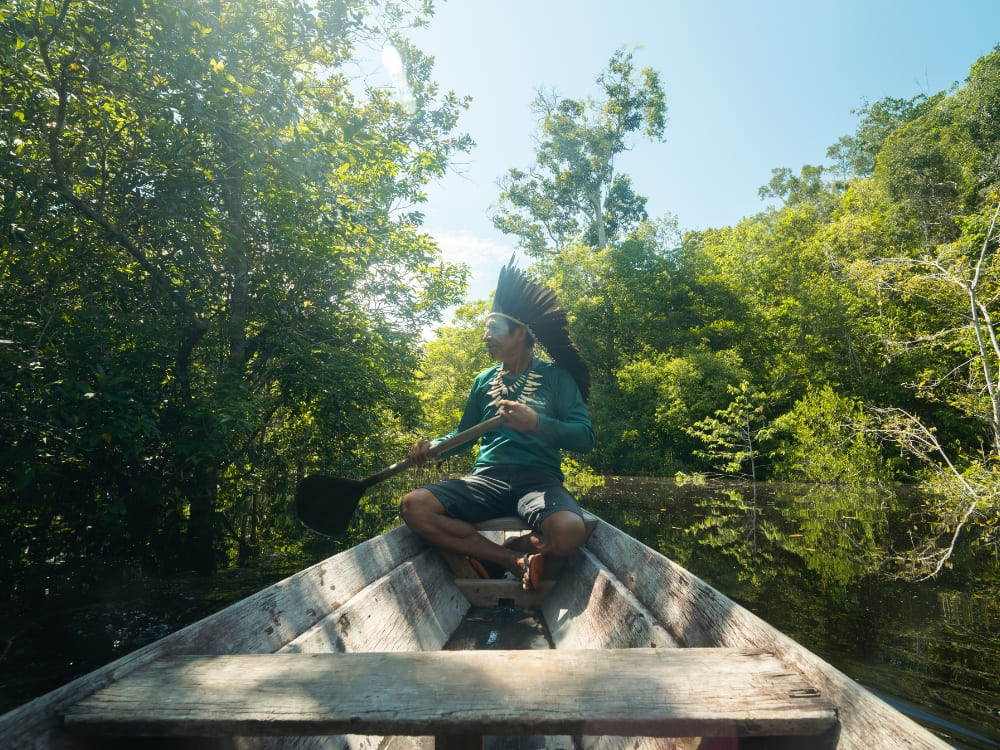
Photo: Isadora Sá
Daniel Gutierrez Govino
A forest brigade to protect the forest
Daniel Gutierrez Govino is the founder of the Alter do Chão Community Forest Brigade in Pará. Since 2017, he has been mobilising local residents to prevent and fight forest fires, with the support of firefighters, Civil Defence and partners such as the World Wide Fund for Nature (WWF). The brigade works with mixed techniques, drones and network communication, and is a reference in community action against fires in the Amazon.
In addition to emergency response, Daniel is committed to training firefighters and environmental education as ways to strengthen local protagonism. For him, protecting the forest starts with those who live in it. Because of this, his work has also gained international visibility, with participation in COP26 and support from human rights and environmental organisations.
- @thais_helena_
- @brigadadealter
How can we help protect the forest?
At PlanetaEXO, we believe that every trip can generate positive impact and preserve the environment where we live. Our mission is to connect you to authentic and sustainable experiences, promoting community-based ecotourism in the Amazon and other natural destinations in Brazil. We have selected adventures that respect the environment and empower those who live in these regions, including the guardians of the Amazon Rainforest.
One way of also supporting this cause is through conservation projects in the Amazon, promoted by organisations such as the Instituto Socioambiental (ISA) and the Fundação Amazônia Sustentável (FAS). Both have been working for decades to protect the forest and traditional peoples, and receive donations to continue this essential work. The Amazon sustains the climate, is home to millions of lives and holds the history of indigenous peoples: defending it is a collective commitment.

